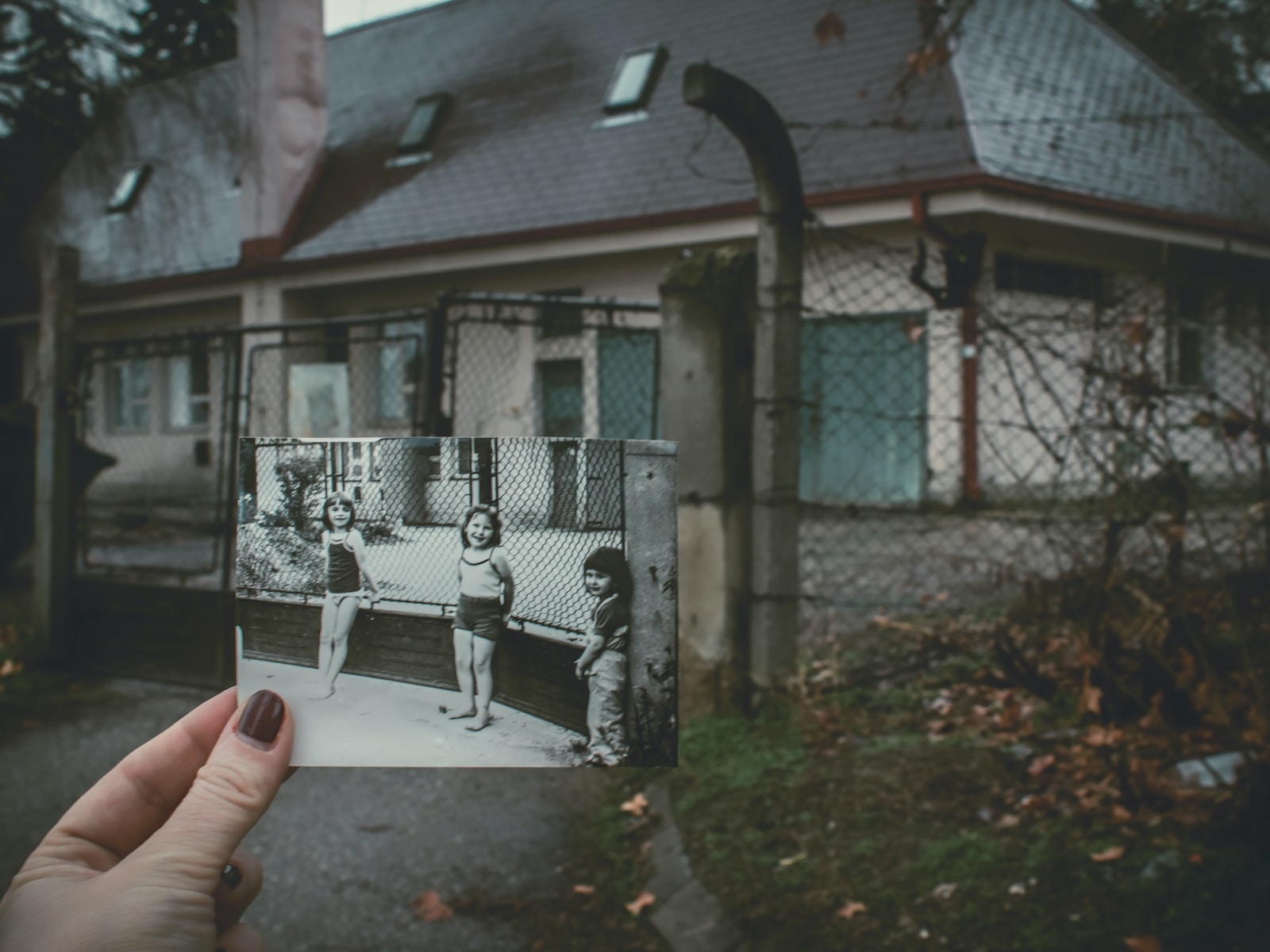Building Character Backstories: Tips & Tricks for Rich Histories
Hey there, fellow writer! If you’re looking to create unforgettable characters, you’ve come to the right place. In this article, we’ll chat about the importance of character backstories and share some super-helpful tips for crafting rich histories that’ll bring your characters to life.
Why a Well-Developed Backstory Matters
Backstories are the secret sauce of character development. They add depth, complexity, and context to a character. They help you decide on the motivations, actions, and decisions that your character will make. Plus, a solid backstory gets readers hooked, making them feel connected to your characters and invested in their stories.

Tips for Creating Rich Character Backstories
Tip 1: Define Your Character’s Core Traits
First, get to know your character. Delve into their personality, values, and beliefs—they make up the core of their history. Think about how these traits have change over time. How will those core traits influence the decisions of your character.
Tip 2: Consider Your Character’s Relationships
Sometimes we forget how important other people are to forming a character’s personality. Relationships can make or break a character’s live story. Examine your character’s connections with family, friends, and foes. These relationships will affect what kind of person your character has become as well as the choices they make.
Tip 3: Create a Timeline of Significant Events
When you first start creating your character, map out the key events that have shaped his or her life. These can include achievements, failures, moments of growth, and turning points. A timeline helps you see the bigger picture of your character’s history and spot patterns and themes.
Tip 4: Include Challenges and Conflicts
Challenges and conflicts show your character’s strengths and weaknesses. Throw these elements into your character’s backstory to create a more engaging and relatable character.
Tip 5: Connect the Backstory to the Main Story
Make sure your character’s backstory impacts their motivations and actions in the main story. When you connect the past to the present, you grab the reader and drag them into your story.

Steps to Create Rich and Colorful Backstories
Step 1: Write a Character Biography
Before you start writing, whip up a detailed outline of your character’s life. Include their background, experiences, relationships, and significant events. This exercise helps you get to know your character better and influences their motivations and actions.
Step 2: Develop Story Seeds
Story seeds are tiny snippets of your character’s backstory that you can weave into the main narrative. They hint at your character’s past experiences, relationships, and challenges, adding depth to your story.
Step 3: Use Dialogue and Flashbacks
As you write, work your character’s backstory into the narrative through dialogue and flashbacks. These techniques let you reveal important aspects of their past in a natural way, helping readers connect with your character on a deeper level.

Final Thoughts on Character Backstories
Overall, creating rich character backstories is makes for engaging stories that have an emotional impact on the reader. Focus on your character’s core traits, considering their relationships, mapping out the important events in their lives, identifying challenges and conflicts, and connecting the backstory to the main story. That way, you can bring your characters to life. Don’t forget to use your backstories through story seeds, dialogue, and flashbacks to truly enrich your story. Happy writing, and have fun!







One Comment
Comments are closed.